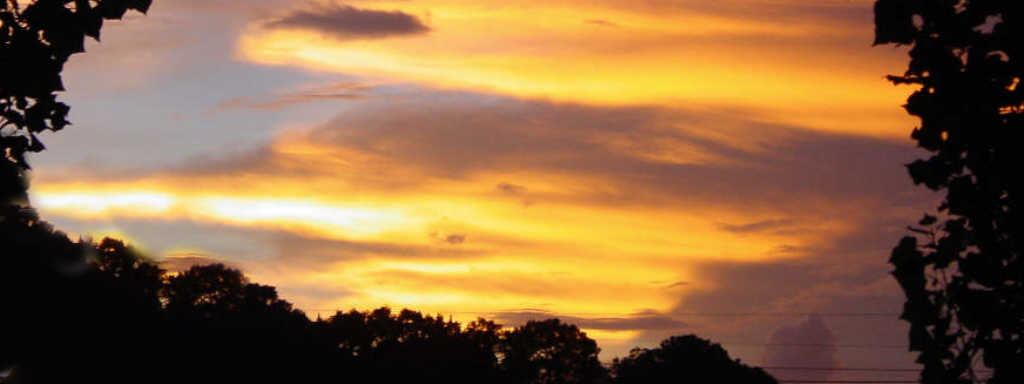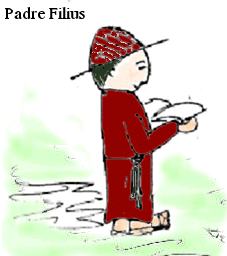
And for my Good Readers, here’s the new reviews and articles for this month. The ARJ2 ones are new additions to the top of A Reader’s Journal, Volume 2, Chronological List, and the ART ones to A Reader’s Treasury.
1.) ARJ2:
The Active Side of Infinity by Carlos Castaneda
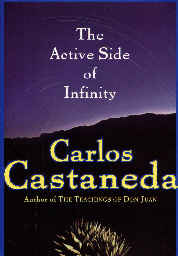
In this review/essay, I compare don Juan’s world view and find that with suitable translation, it mirrors that of Rudolf Steiner. A German mystic and a Mexican sorcerer – interesting juxtaposition, isn’t it?
I heard from an early reader of this essay, Kevin Dann, who said that he had judged Castaneda's work harshly and had avoided it for many years. With reluctance, he finally got around to my review of the "Active Side of Infinity" and found himself in an exquisite bind when he got to the "judging" part of the review --- sort of a psychic pretzel hold from which he could only extract himself by letting go of his own judging.
There are likely some other readers of this Digest who have judged Carlos Castaneda’s don Juan books similarly. If you are one of those, I recommend that you avoid reading this new review.
Christine Kaine, another early reader, sent me this comment which elucidates the process of judgment: [Incorporated into a footnote.] "The Greek for 'judgment' is krisis which speaks of a separating, then a decision. It hints at balance, the scales, the pendulum, and karma. The mechanism of Judgment in the soul is something that I am grappling with for my book, The Questing Soul".
http://www.doyletics.com/arj/activesi.htm
2.) ARJ2:
True and False Paths in Spiritual Investigation by Rudolf Steiner
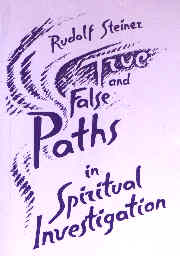
There are two false paths: the path of materialism and the path of spiritualism. In the former, the material world is considered to be the only reality and all else is illusion; in the latter the spiritual world is considered to be the only reality and all else is illusion. Each of these approaches to reality is like a chariot driver powering his chariot with only one horse. The materialist driver places one horse on the left and moves in counter-clockwise circles. The spiritualist driver places one horse on the right and moves in clockwise circles. Each one is like a dog chasing its own tail. They use up a lot of energy to stay in the same place and make no progress. Only if humanity harnesses two horses to its chariot will any progress be made straight away. The two horses are materialistic investigation and spiritual investigation — harnessed in the right way, these two will move forward the chariot of humankind into a future that is worth having.
If these thoughts make sense to you, read the book or at least the review at:
http://www.doyletics.com/arj/trueandf.htm
3.) ARJ2:
Break Every Rule by Carole Maso
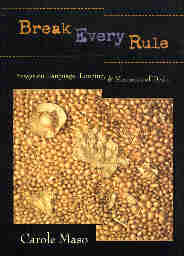
Here was a book I bought in order to read the essays on language, and I was satisfied with the way things started off in “The Shelter of the Alphabet.” Alphabet speaks to me as meaning the “house of All” — the house or shelter (beth in Hebrew is house) of all the letters. In Greek, alpha and beta are the first two letters, as in A, B, . . . or all the letters. With the alphabet we can live in the shelter of all our words.
[page 16] I who live everywhere and nowhere have built a house of language.
Maybe alphabet means “house of the first thing” or our “first home” — it is the first completely abstract mental construct we build as a child, A BCD, EFG, HIJK, LMNOP . . . Can you say those letters without echoing the alphabet song of your childhood that you built back then? It provides a shelter for Maso.
[page 19] In the gloating, enormous strangeness and solitude of the real world, where I am so often inconsolable, marooned, utterly dizzied — all I need do is pick up a pen and begin to write — safe in the shelter of the alphabet.
http://www.doyletics.com/arj/breakeve.htm
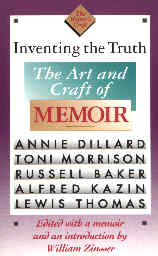
4.) ARJ2:
Inventing the Truth by Annie Dillard, Lewis Thomas, Russell Baker, et al
I bought this book to read about Annie Dillard, but when I started writing my review of Inventing the Truth, I did the first page and a half on Lewis Thomas’s lugubrious reductionist’s view of humanity. An early reader of the review, Kevin Dann, said I was tipping a sacred cow. Well put. Materialistic science would do well to find out that it doesn't have a leg to stand on. See my comments on Ralph Berger's "Psyclosis" in my review below. Berger's a sacred cow tipper, in his own way.
http://www.doyletics.com/arj/inventin.htm
5.) ARJ2:
Two Years Before the Mast by Richard Dana, a 1997 review
I found this book because I remembered a book titled “Ten Years Before the Mast” and asked an English professor friend if that was the right title. He said that he thought it was five years not ten. So I began a quest to locate a book for which I didn’t know either the correct title or the name of the author. 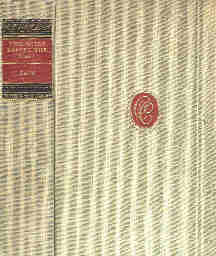 Richard Dana wrote this book of his sea and land adventures that took place before the California Gold Rush. Both land and sea offered amazing adventures, but the land adventures happened on the California Pacific Coast at a time when Sepulveda was only an isolated ranch in the heart of what’s now Los Angeles and wild goats climbed the hills that cable cars do now in San Francisco. For California lovers, this is a must read. Excerpt from book:
Richard Dana wrote this book of his sea and land adventures that took place before the California Gold Rush. Both land and sea offered amazing adventures, but the land adventures happened on the California Pacific Coast at a time when Sepulveda was only an isolated ranch in the heart of what’s now Los Angeles and wild goats climbed the hills that cable cars do now in San Francisco. For California lovers, this is a must read. Excerpt from book:
Notwithstanding all that has been said about the beauty of a ship under full sail, there are very few who have ever seen a ship, literally, under all her sail. A ship coming in or going out of port, with her ordinary sails, and perhaps two or three studding sails, is commonly said to be under full sail; but a ship never has all her sail upon her, except when she has a light, steady breeze, very nearly, but not quite, dead aft, and so regular that it can be trusted, and is likely to last for some time. Then, with all her sails, light and heavy, and studding sails, on each side, alow and aloft, she is the most glorious moving object in the world. Such a sight very few, even some who have been at sea a good deal, have ever beheld; for from the deck of your own vessel you cannot see her, as you would a separate object.
http://www.doyletics.com/arj/twoyears.htm
6.) ART:
Knots
by R. D. Laing
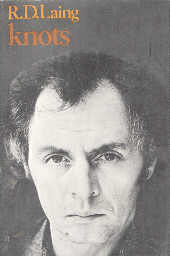
Did you ever listen to someone say something that made you feel like you were tying yourself into a knot trying to understand what they said? People who could benefit from psychotherapy commonly talk in this way. Laing began recording some of the “knots” that he heard these people say and created this classic book from them. All knots with only a brief introduction to the genre by the author. If you’ve heard one of these “knots” and don’t know where they came from, here’s your answer. But, remember as Laing writes, “If you don’t know you don’t know, you think you know.”
http://www.doyletics.com/art/
knotsart.htm
7.) ART:
Psyclosis - The Circularity of Experience
by Ralph Berger
Ralph Berger brings a breath of fresh air to science when he begins his book by recognizing the circularity of experience, including the one he presents in this book. Plainly said, materialistic science is a dog chasing its own tail -- a flurry of activity that in the end is only a flurry of activity. Here's how he writes about this process in his Preface:
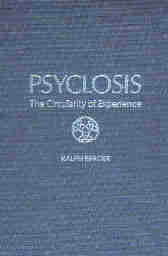
[page x] If one attempts to apply the conclusions of a particular philosophical analysis to the analysis itself, one must eventually face the fact that the system does not have any application beyond itself. One finds oneself trapped within circles of thought. To illustrate, let us take the analysis in this book. I shall examine the structure of experience in terms of certain brain processes that form the necessary conditions for experience. But "brain processes" are themselves concepts derived from experiences of scientists --- obtained by observing various mechanical, electronic, optical, or chemical measuring instruments.
